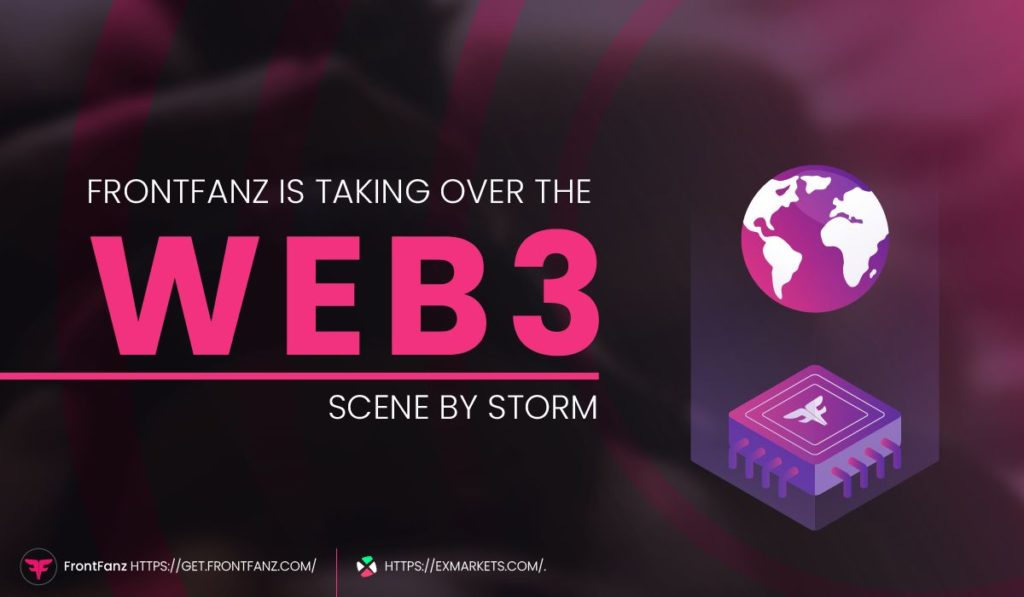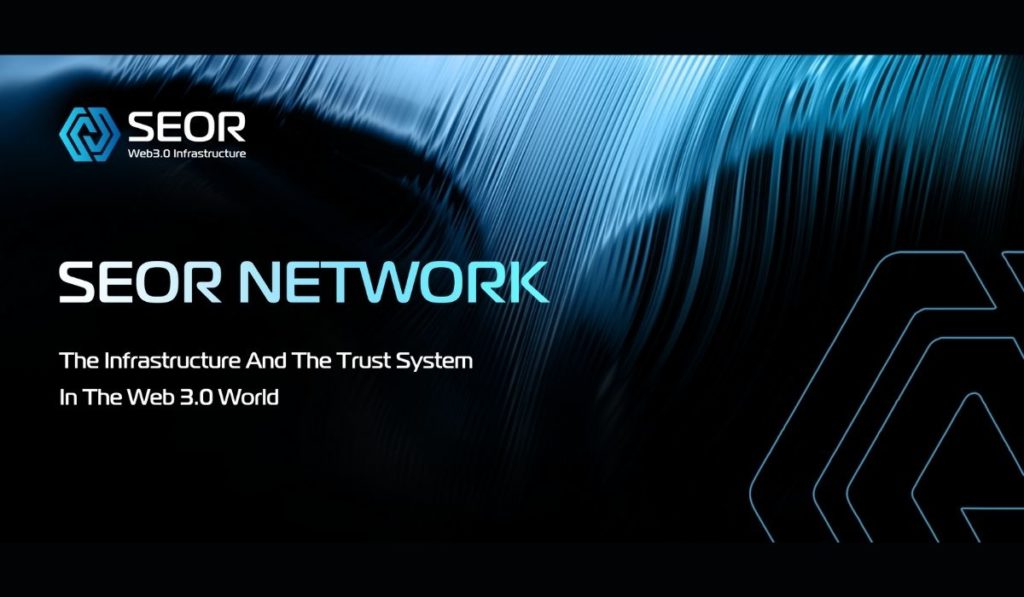
2024-5-20 20:00 |
The following is a guest post from Bakhrom Saydulloev, Product Lead at Mercuryo.
Statistics works in a funny way. When experts feel the need to prove the growing acceptance and awareness of Web3, they over-simplify the concept to say, for instance: “more than 90% of people have heard of crypto, hooray!” And yes, that is, in fact, true. But if you dive deeper, you’ll also see that only 8% actually have a solid familiarity with the concept of Web3.
A16z predicts Web3 will reach one billion active users by 2031, roughly at the same speed as the Internet did – in 15 years since its launch. But this prediction is still a long way from being proven true.
The initial issues tied to Web3’s introduction haven’t seen substantial resolution either. The real-world applications demonstrating how Web3 can benefit ordinary people, and not just industry enthusiasts, are still scarce.
Netizens often associate Web3 primarily with money and things like NFTs, marketplaces, and the metaverse. As the buzz around these terms dwindles, the perception follows suit – some believe that Web3’s relevance has waned.
The adoption of Web3 is nowhere near as fast-growing as many in the industry seem to believe. One reason for this is its ridiculous complexity, both in word (terminology) and deed (user experience). No wonder Ethereum’s Vitalik Buterin says more needs to be improved for the network to be inclusive.
Web3’s reliance on Web2 is more significant than we realize. And the trajectory of Web3’s mass adoption hinges on the lessons we draw from our predecessors’ experiences.
Web3 people need to chill downThe problem is that Web3’s complexity and failure to connect with common users is hurting its growth. And Web3 ride-or-die enthusiasts don’t make things easier.
Consider the everyday act of paying for something online with a bank card. It’s seamless – be it through a payment card or Apple Pay. You punch in the CVV or simply use facial recognition, and the payment is done. It’s having a familiar pattern to doing things that matters to end-users. Take ChatGPT, for instance: a seemingly complex AI technology, but when presented in a familiar chat-like format, it doesn’t scare people away. Instead, it appears more accessible.
Web3 lacks this kind of uniformity; there’s no standardized approach that could be considered familiar and easy to grasp. Some enthusiasts might say that it goes against the core principles of Web3 and blockchain. But, frankly, it comes across like gatekeeping.
These same enthusiasts would advocate for broader adoption, but their actions do not mirror their words. The lack of transparency, coupled with a sense of exclusivity, poses significant barriers that hinder Web3’s acceptance among the general audience.
Blockchain’s anonymity is good and all, but it doesn’t mean much to a typical breadwinner trying to provide for their family. Security concerns, the possibility of falling for a scam, and losing hard-earned money are all factors that render Web3 unappealing in the eyes of many. It bears saying that security cannot thrive under total anonymity.
Isolating Web3 from Web2 and resisting their integration seems counterproductive to me. If anything, it hinders progress toward a more seamless digital ecosystem. Instead, I can see Web3 as a system building upon Web2’s foundation, allowing for preserving established frameworks while incorporating the transformative aspects of decentralization. Doing so would ensure continuity, a smoother transition and ongoing innovation.
By merging the best aspects of both realms and leveraging Web2’s superior user experience, clear regulatory framework, and robust infrastructure, we pave the way for a more inclusive and resilient digital landscape.
More use cases are the answerThe Web3 scene is still figuring out how to make user experience resonate with everyday users. But Web2 has already figured that out.
Addressing this challenge in the Web3 landscape requires companies to actively create more use cases, bridging the gap to make Web3 appear more approachable. Take, for instance, the recent development of Trust Wallet SWIFT, which introduced account abstraction.
This innovation eliminates the need to memorize keys and passphrases by incorporating familiar, trustworthy Web2 technologies, like PassKey, which uses a mathematical representation of your biometric data to access your wallet.
There is room for improvement regarding terminology—shifting away from less familiar terms like “keys” and “gas fees” could mark the next step towards a more inclusive Web3. Common folk crave tangible use cases and practical applications in their everyday lives. So it seems to me that demonstrating genuine simplification of this technology is the way to go.
Without a commitment to inclusivity, our community risks dwindling, and we won’t observe the widespread adoption and growth of the Web3 market.
It’s a timeless narrative—drawing wisdom and learning from the missteps and lessons of the past. In our case, learning from those who paved the way with Web2 is a logical step in Web3 evolution, ultimately saving us time and resources. So let’s be smart about it.
The post The dilemma of global web3 integration: Will the complexity of web3 win over web2? appeared first on CryptoSlate.
origin »WCOIN (WIN) на Currencies.ru
|
|




























